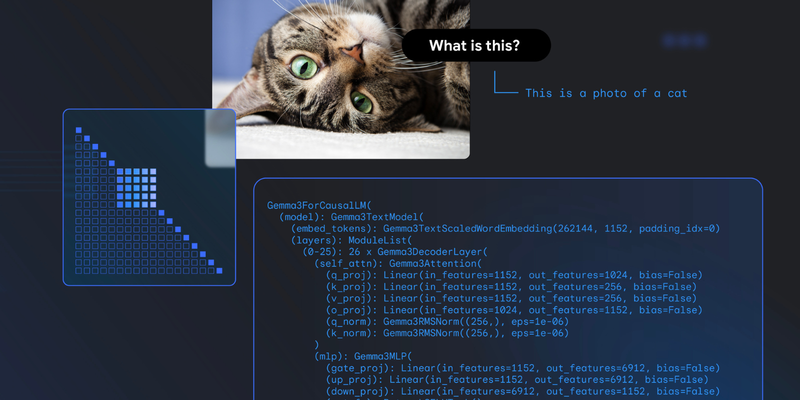
Third-Party AI Models: The Performance Tax Nobody Warned You About
Why trusting third-party AI providers might be costing you more than just money, including up to 14% performance degradation.
The promise of third-party AI models sounds perfect: access cutting-edge capabilities without the infrastructure costs. But recent research reveals a disturbing truth, you might be paying a hidden performance tax that nobody’s talking about.
K2 Vendor Verifier Results
Test Time: 2025-09-22
| Model Name | Providers | Similarity compared to the official Implementation | Count of Finish Reason stop | Count of Finish Reason Tool calls | Count of Finish Reason others | Schema Validation Error Count | Successful Tool Call Count |
|---|---|---|---|---|---|---|---|
| kimi-k2-0905-preview | MoonshotAI ↗ | - | 1437 | 522 | 41 | 0 | 522 |
| kimi-k2-0905-preview | Moonshot AI Turbo ↗ | 99.29% | 1441 | 513 | 46 | 0 | 513 |
| kimi-k2-0905-preview | NovitaAI ↗ | 96.82% | 1483 | 514 | 3 | 10 | 504 |
| kimi-k2-0905-preview | SiliconFlow ↗ | 96.78% | 1408 | 553 | 39 | 46 | 507 |
| kimi-k2-0905-preview | Volc ↗ | 96.70% | 1423 | 516 | 61 | 40 | 476 |
| kimi-k2-0905-preview | DeepInfra ↗ | 96.59% | 1455 | 545 | 0 | 42 | 503 |
| kimi-k2-0905-preview | Fireworks ↗ | 95.68% | 1483 | 511 | 6 | 39 | 472 |
| kimi-k2-0905-preview | Infinigence ↗ | 95.44% | 1484 | 467 | 49 | 0 | 467 |
| kimi-k2-0905-preview | Baseten ↗ | 72.23% | 1777 | 217 | 6 | 9 | 208 |
| kimi-k2-0905-preview | Together ↗ | 64.89% | 1866 | 134 | 0 | 8 | 126 |
| kimi-k2-0905-preview | AtlasCloud ↗ | 61.55% | 1906 | 94 | 0 | 4 | 90 |
Source: MoonshotAI K2 Vendor Verifier ↗
The highlighted providers (Baseten, Together, and AtlasCloud) show significantly worse performance compared to others, with similarity scores dropping below 75% and much higher error rates.
The Trust Gap in AI Supply Chains
When you use a third-party AI provider, you’re not just trusting one vendor, you’re trusting an entire supply chain. As Forbes Technology Council member Metin Kortak points out ↗, “If your vendor is using a third-party AI model, you’re trusting both the vendor and the model provider. That doubles the risk and the diligence required.”
This creates a fundamental trust problem that extends beyond performance to data security, model transparency, and business continuity. The recent GPT-5 launch demonstrated how quickly provider decisions can disrupt established workflows when OpenAI removed GPT-4o from ChatGPT’s model selector overnight.
The Quantization Conundrum: Performance vs. Accessibility
Developer forums are filled with concerns about model degradation through quantization and optimization. As one developer expressed, the choice often comes down to: “third party providers, running it yourself but quantized to hell, or spinning up expensive GPU pods.”
Third-party providers face intense pressure to compete on cost-per-token, which can lead to aggressive optimization strategies that sacrifice accuracy. The prevailing sentiment suggests that some providers are prioritizing cost savings over performance quality, leaving users with subpar models that don’t deliver on their promised capabilities.
The Three Critical Vulnerabilities
Enterprise reliance on third-party AI exposes organizations to fundamental risks:
1. Timing Vulnerability: Providers maintain absolute discretion over when underlying models change. Your carefully tuned prompts and optimized workflows can break overnight without warning.
2. Breaking Changes: New models frequently exhibit different behavioral patterns that can catastrophically impact existing applications. A model that previously provided structured JSON responses might suddenly return natural language, breaking validation logic and downstream processes.
3. Migration Windows: The time allocated for safely evaluating and migrating systems is often insufficient for enterprise-grade applications that require extensive testing and gradual rollout processes.
Verification Gap: How Do You Know What You’re Getting?
The most pressing question remains: how can you verify that a third-party provider hasn’t “lobotomized” the model you’re paying for? Current verification tools are sparse, and transparency around model modifications is limited.
Some platforms like OpenRouter offer provider blacklisting and usage history, but comprehensive verification remains challenging. The lack of standardized benchmarking for third-party model performance means organizations are often flying blind when it comes to quality assurance.
Practical Mitigation Strategies
For organizations navigating this landscape, several strategies emerge as essential:
Multi-Provider Redundancy: Maintain the ability to switch providers or resort to fallback options. This requires deliberate planning to maintain parallel models with required performance characteristics.
Continuous Evaluation Pipelines: Implement real-time monitoring of model performance against established benchmarks. Automated evaluation systems must immediately flag performance degradation or behavioral drift.
Blue/Green Model Rollouts: Run new models in parallel with existing ones, comparing evaluation scores and live performance metrics before switching production traffic.
Geographic Redundancy: Ensure multi-region deployment capabilities for business continuity during provider outages or regional service disruptions.
The Future of Third-Party AI Trust
The current state of third-party AI model provisioning resembles the early days of cloud computing, full of promise but plagued by trust issues. As the industry matures, we’ll likely see:
- Standardized verification frameworks for model performance
- Increased transparency around model modifications and quantization
- Better tools for comparing provider performance
- More sophisticated SLAs that guarantee performance metrics
Until then, the burden falls on organizations to rigorously test, monitor, and verify the models they rely on. The performance tax of third-party AI might be unavoidable for many organizations, but understanding its dimensions is the first step toward mitigating its impact.
The question isn’t whether you’ll encounter performance issues with third-party models, it’s whether you’ll be prepared to detect and respond to them before they impact your operations.



